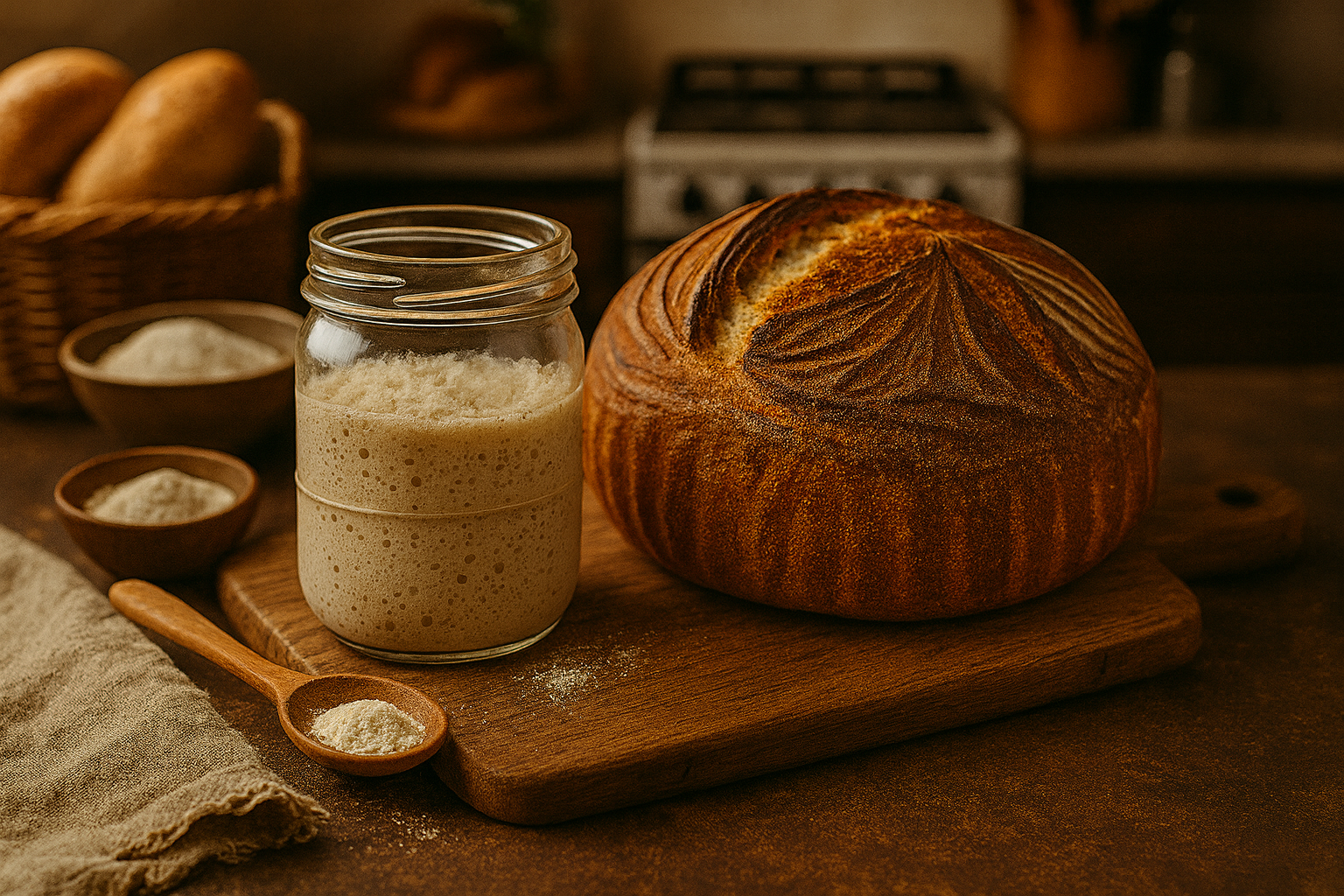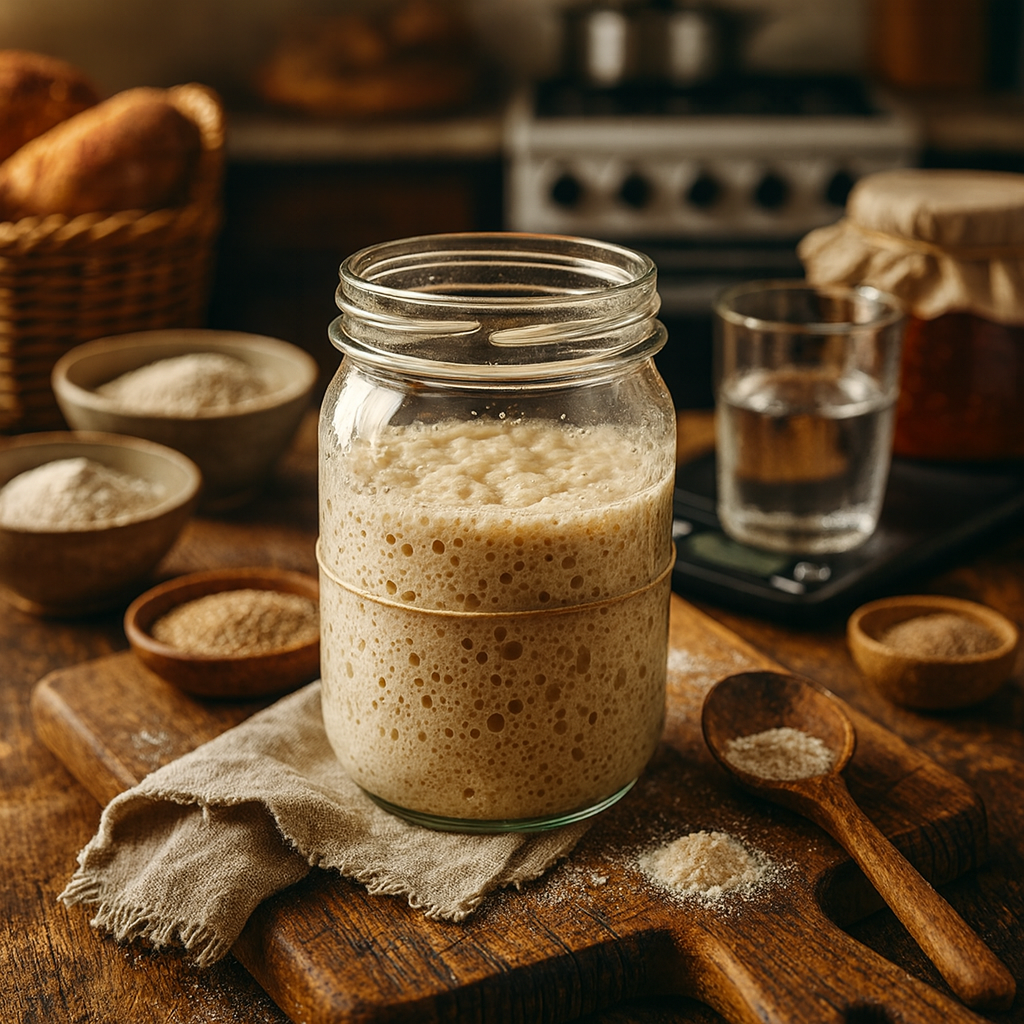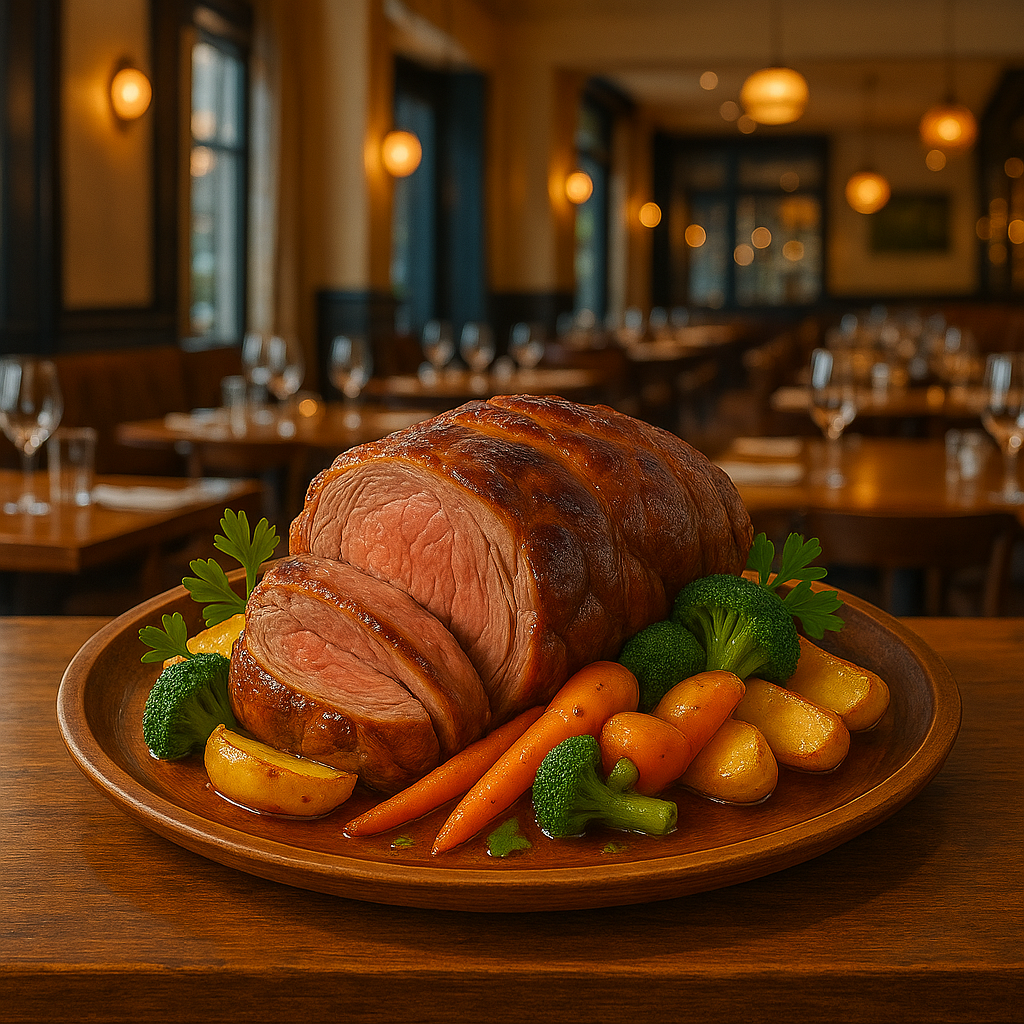Table of Contents
Introduction to Prosecco
Prosecco, a sparkling wine with origins in Italy, has gained immense popularity worldwide for its refreshing taste and versatility. Historical records trace its roots back to the region of Friuli Venezia Giulia, where this beloved wine has been produced since the Roman era. Over the centuries, Prosecco evolved in style and reputation, leading to the establishment of specific regulations that enhance its quality and authenticity. The creation of the Prosecco Superiore DOCG designation in 2009 emphasizes the importance of origin and craftsmanship associated with this magnificent sparkling wine. This designation is awarded to Prosecco produced exclusively in the Conegliano-Valdobbiadene region, which is renowned for its ideal climate and the steep, terraced vineyards that provide optimal conditions for grape growing.
What sets Prosecco apart from other sparkling wines, such as Champagne and Cava, are its production methods and flavor profile. While Champagne employs the traditional method involving secondary fermentation in the bottle, Prosecco is mainly produced using the Charmat method. This process takes place in stainless steel tanks, which helps to preserve the freshness and fruity flavors characteristic of Prosecco. As a result, lovers of this Italian sparkling wine can expect a lighter and more vibrant taste, often dominated by notes of green apple, honeysuckle, and citrus.

The versatility of Prosecco makes it an ideal choice for various occasions, whether enjoyed on its own or paired with an array of dishes. Its effervescence and well-balanced sweetness make it an excellent aperitif, while also complementing a variety of appetizers, seafood, and even certain desserts. As this sparkling wine continues to gain traction among connoisseurs and casual drinkers alike, understanding the history, designation, and unique qualities of Prosecco enhances the overall experience of enjoying this iconic Italian beverage.
The Different Styles of Prosecco
Prosecco, renowned for its effervescence and delightful flavor, is available in a range of styles that cater to varied palates. The distinction mainly lies in the levels of residual sugar present in the wine, which significantly influence its sweetness and taste profile. Understanding these styles can enhance the overall Prosecco experience, allowing enthusiasts to select a variant that aligns with their individual preferences.
Starting with the driest option, Extra Brut Prosecco features minimal residual sugar, typically around 0-6 grams per liter. This understated sweetness showcases the wine’s natural acidity and fruitiness, making it ideal for those who appreciate a crisp, zesty finish. The subtle nuances in flavors appeal to connoisseurs looking for a sophisticated sparkle, often emphasizing floral and citrus notes.
Next in line is Brut Prosecco, which contains a slightly higher residual sugar content, ranging from 6-12 grams per liter. This style strikes a balance between dryness and sweetness, offering a refreshing taste profile while still retaining the vibrant characteristics that Prosecco is known for. It is a versatile choice, suitable for various occasions—from casual gatherings to celebratory events.
For those who enjoy a hint of sweetness, Extra Dry Prosecco, with a residual sugar level between 12-17 grams per liter, presents a delightful option. This style retains the effervescent qualities while introducing flavors that are a touch fruit-forward, often incorporating apple, pear, or even peach notes. It pairs well with a range of dishes, making it a popular choice at social gatherings.
Lastly, Dry Prosecco contains the highest sugar content, ranging from 17-32 grams per liter. While it possesses a sweeter character, it still maintains the refreshing traits associated with Prosecco. This style appeals to those who prefer a softer, more indulgent taste, making it an excellent accompaniment to desserts or enjoyed on its own.
Pairing Prosecco with Food
Prosecco, renowned for its refreshing bubbles and bright flavors, is an incredibly versatile sparkling wine that pairs well with a variety of dishes. Understanding how to pair Prosecco with food can elevate your dining experience, creating harmonious balance and enhancing both the wine and the meal. When choosing dishes to accompany this Italian jewel, one should consider flavor profiles that complement its fruity and crisp characteristics.
For appetizers, Prosecco shines with seafood options such as fresh oysters, shrimp cocktails, and grilled calamari. The wine’s effervescence cuts through the richness of these dishes, while its bright acidity enhances the delicate flavors. Cheese boards with soft cheeses like goat cheese, brie, or mozzarella are equally delightful when paired with Prosecco. The combination of creaminess in the cheese and the wine’s crispness creates an enjoyable tasting experience.
When it comes to main courses, lighter fare tends to be the best match. Dishes such as lemon herb grilled chicken, vegetable risottos, or seafood pasta amplify the flavors that Prosecco provides. Its fruity notes blend wonderfully with dishes that feature citrus, herbs, and light cream sauces. Additionally, vegetarian dishes, particularly those featuring fresh vegetables, work spectacularly well with the bright notes of the wine.
For dessert, Prosecco is often paired with fruit-based options, such as sorbets, tarts, or fruits drizzled with a light syrup. The wine’s sweetness can highlight the natural sweetness of the fruit, creating a refreshing end to a meal. Serving Prosecco chilled, ideally between 40-50 degrees Fahrenheit, further enhances its crisp and refreshing qualities, making it an ideal companion for any course. By thoughtfully selecting your dishes, you can enhance the delightful experience of enjoying Italy’s famous sparkling wine.
Perfect Occasions for Prosecco
Prosecco, Italy’s acclaimed sparkling wine, is a versatile beverage that elevates various occasions. Its effervescent quality and refreshing taste make it an ideal choice for numerous celebrations, ranging from casual gatherings to formal events. One of the most popular settings for enjoying Prosecco is during brunch. The light, fruity flavors pair beautifully with a variety of brunch dishes, including eggs benedict, fruit salads, and pastries. The lively bubbles complement the relaxed atmosphere, making Prosecco a favorite among enthusiasts of daytime festivities.
Another perfect occasion for savoring Prosecco is during outdoor picnics. Its portability and ease of serving, often sold in convenient bottle sizes, make it a great companion for picnic spreads featuring cheeses, cured meats, and fresh fruits. The crisp, refreshing nature of Prosecco adds an extra layer of enjoyment to sunny afternoons in the park, enhancing the social ambiance of the gathering. Whether shared with friends or family, its bubbly essence brings a touch of elegance to leisurely outdoor dining.
When it comes to more formal gatherings, Prosecco continues to impress. Weddings, for instance, are a quintessential occasion to toast with this sparkling wine. Its celebratory attributes, such as effervescent bubbles and delightful flavors, resonate with the festivity of such events, making it a perfect choice for welcoming guests or toasting to love. Additionally, corporate events and cocktail parties have also embraced Prosecco as a sophisticated option, allowing attendees to indulge in a classic Italian drink that suits upscale occasions. As one navigates the wide array of events in life, Prosecco stands out as a delightful choice that brings sparkle to every celebration.
How to Properly Serve Prosecco
Serving Prosecco correctly is paramount for showcasing its delightful effervescence and aromatic profile. The first essential aspect to consider is the serving temperature. Optimal consumption of Prosecco typically occurs when it is chilled to a temperature between 40°F to 50°F (4°C to 10°C). This ensures that the bubbles remain lively, while the wine’s flavors can be fully appreciated. Placing the bottle in an ice bucket for about 20 minutes before serving is a recommended practice, as it can provide the desired chill without compromising the wine’s taste.
Next, the choice of glassware plays a significant role in the enjoyment of Prosecco. While flutes are commonly used for sparkling wines, the Tulip glass is becoming increasingly popular for serving Prosecco. This shape allows for a more concentrated bouquet, ensuring that the delightful aromas can be fully enjoyed as they rise from the glass. Additionally, the slightly wider opening facilitates better aeration, allowing the liquid to interact with air, which can enhance its flavor profile.
When it comes to pouring techniques, gentle handling is key. Pour Prosecco slowly and at an angle to minimize excessive foam, which can lead to a loss of effervescence. Filling the glass to about two-thirds full is advisable, as this provides enough space for the bubbles to form and the aromas to gather. As Prosecco is often enjoyed during celebrations or casual gatherings, maintaining the integrity of the wine during the serving process contributes immensely to the overall tasting experience.
In summary, serving Prosecco with care and consideration—by properly chilling the wine, selecting suitable glassware, and employing the right pouring techniques—enhances its flavors and aromas, allowing for a fuller appreciation of this enchanting Italian sparkling wine.
Exploring the Prosecco Regions
Prosecco, beloved for its effervescence and vibrant flavors, hails from several specific regions in Italy, each contributing unique characteristics to this renowned sparkling wine. The most significant of these regions include Valdobbiadene, Conegliano, and Asolo, each nestled in the Veneto and Friuli Venezia Giulia areas of northern Italy. Understanding these regions not only enhances appreciation for Prosecco but also illuminates the intricate relationship between geography and wine.
Valdobbiadene, situated in the heart of the Prosecco Superiore zone, is celebrated for its steep hills and picturesque vineyards. The region’s unique terroir, characterized by clay and limestone soils, coupled with a favorable microclimate, lends Prosecco from Valdobbiadene a distinct floral aroma and a vibrant acidity. The profound effects of the local environment contribute to the production of high-quality Prosecco, which has earned a prestigious DOCG classification.
Conegliano, directly adjacent to Valdobbiadene, is another pivotal area known for its rich winemaking history. The town is often recognized as the birthplace of Prosecco, as it is home to Italy’s first wine school established in the 18th century. The surrounding hills yield a less steep topography compared to Valdobbiadene, leading to slightly different flavor profiles in the wines produced here. The blend of fertile soils and innovative winemaking practices ensures that Conegliano remains an essential contributor to Italy’s Prosecco heritage.
Lastly, Asolo, sometimes referred to as the “Castle of Prosecco,” presents a more recent yet equally important chapter in the Prosecco narrative. As with its neighboring regions, Asolo’s terroir, consisting of diverse soils and a mild climate, contributes to the production of high-quality Prosecco. This area is particularly known for its elegant and refined sparkling wines that appeal to both casual drinkers and aficionados alike.
Each of these regions plays a crucial role in shaping the flavor profiles and characteristics of Prosecco, making the exploration of these areas an integral part of enjoying Italy’s famous sparkling wine.
Prosecco Cocktails: Mixing It Up
Prosecco, renowned for its effervescence and vibrant flavor profile, serves as a delightful base for an array of cocktails. Among the most classic combinations is the Bellini, which blends Prosecco with peach purée, creating a refreshing beverage that is both fruity and sparkling. This cocktail, originally crafted in Venice, offers a perfect complement to summer afternoons or elegant brunches.
Another popular Italian aperitif is the Aperol Spritz, which features a harmonious mixture of Aperol, Prosecco, and soda water. This drink, with its striking orange hue, provides a bitter-sweet experience that epitomizes the Italian “aperitivo” culture. For those looking to experiment, variations such as adding grapefruit juice or substituting Aperol with Campari can yield intriguing new flavors while retaining the Prosecco’s characteristic fizziness.
For a more adventurous cocktail, consider a Prosecco Mojito. By replacing rum with Prosecco, this twist on the classic Mojito introduces a bubbly element that invigorates the traditional mint and lime zest. Muddling fresh mint leaves and limes with sugar creates a refreshing base, while the addition of Prosecco elevates the drink’s celebratory feel. Another exciting option is the Prosecco Margarita, where the tequila base is blended with Prosecco and fresh lime juice, adding a sparkling touch to this beloved cocktail.
Furthermore, utilizing Prosecco in fruit-infused cocktails opens up a plethora of possibilities. Mixing it with fresh strawberries, blueberries, or various citrus fruits not only enhances the visual appeal but also complements the wine’s natural sweetness. By participating in this mixology adventure, one can discover countless imaginative ways to delight guests and enjoy the versatility of Prosecco, ensuring that every sip tells a story of its Italian origins.
Sustainability and Responsible Enjoyment
The Prosecco industry, renowned for its vibrant sparkling wines, is increasingly adopting sustainable practices in both viticulture and winemaking. Producers are recognizing the environmental impact of traditional wine production methods and are shifting towards eco-friendly alternatives. Sustainable viticulture involves managing vineyards in a way that preserves the surrounding ecosystem, reduces the use of harmful chemicals, and minimizes waste. This includes practices such as organic farming, implementing integrated pest management, and using renewable energy sources.
Many Prosecco producers are also adopting innovative techniques to enhance water conservation and soil health. For instance, some vineyards utilize cover crops to improve biodiversity, which can naturally suppress pests without the need for chemical interventions. These sustainable practices not only reduce the carbon footprint of the wine-making process but also contribute to the long-term health of the land and the quality of the grapes.
As we delve into how to enjoy Prosecco responsibly, it’s essential to consider the importance of moderation. Sparkling wines, particularly Prosecco, are often associated with celebrations and social gatherings, making it easy to overlook responsible consumption. Individuals should be mindful of their intake to avoid excessive drinking, which can detract from the enjoyment of this sophisticated beverage. Pairing Prosecco with food can also enhance the tasting experience, creating a balance between flavors while pacing the consumption of wine.
Furthermore, selecting Prosecco from producers committed to sustainability can elevate the overall experience. Look for certifications or labels that indicate eco-friendly practices, as they not only support environmentally conscious production but also ensure quality in the wine itself. By making informed choices, consumers can enjoy the allure of Italian Prosecco while contributing positively to the environment and local communities.
Final Thoughts and Tips for Enjoying Prosecco
As we conclude our exploration of Italian Prosecco, it is essential to reflect on the key aspects that enhance the experience of enjoying this delightful sparkling wine. Prosecco has become a symbol of celebration and is known for its light, fruity flavors and refreshing bubbles. Whether you are a seasoned enthusiast or just beginning to appreciate this exquisite beverage, there are several tips to consider that may elevate your Prosecco experience.
First, consider the various styles of Prosecco available. While the default is the dry and crisp version, Prosecco can also be encountered in sweeter styles, such as Prosecco Frizzante. Therefore, do not hesitate to explore these diverse options. Sampling different variants allows for a greater appreciation of the regional differences and unique characteristics that each producer offers.
Pairing Prosecco with food is another essential aspect to enhance your enjoyment. It complements a wide array of dishes, from light antipasti to rich seafood. Some delightful combinations include Prosecco with fresh oysters or a simple caprese salad. The effervescence of the sparkling wine cuts through richer flavors, making such pairings particularly enjoyable. Moreover, experimenting with regional Italian cuisines can introduce new flavors that enhance the overall tasting experience.

Serving Prosecco at the right temperature is also crucial. Ideally, it should be served chilled—between 6-8 degrees Celsius—to emphasize its fresh aromas and flavors. Utilizing appropriate glassware can further enhance your experience; opting for a flute or tulip glass can concentrate the bubbles and aromas, allowing for a more refined tasting.
Ultimately, immersing oneself in the joyous world of Prosecco involves both exploration and experimentation. By embracing different styles, delightful pairings, and ideal serving techniques, you can create memorable experiences that celebrate this iconic Italian sparkling wine. Enjoy your journey through the enchanting world of Prosecco!





